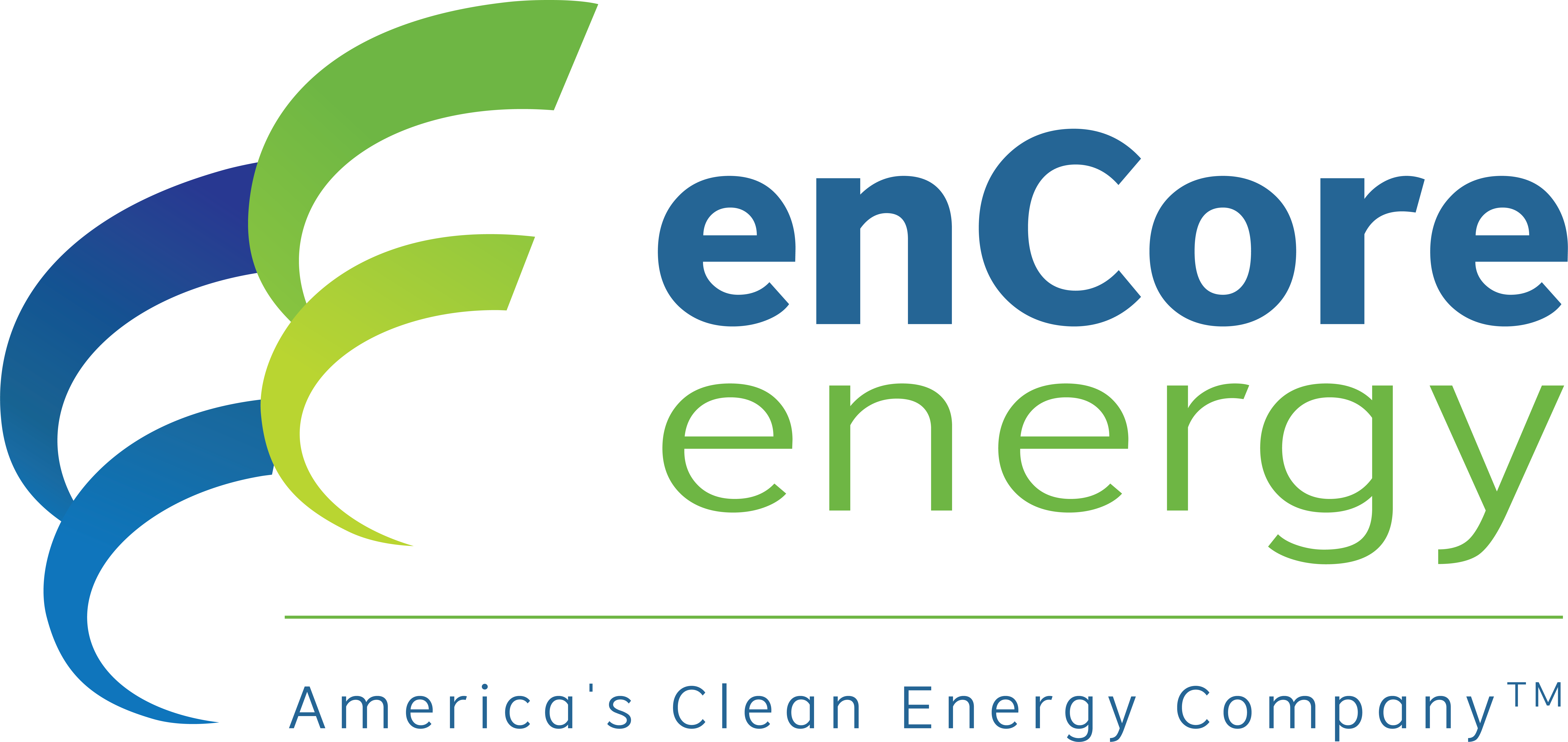Nuclear Energy Builds Momentum at COP28 as Sector Powers Towards Aggressive Growth Phase

Nuclear powers to prominence at COP28 climate summit. With policymakers now backing its expansion to meet carbon targets, the industry enters new growth era as uranium fundamentals tighten.
- Nuclear power had a major presence at COP28 climate conference, signaling its growing momentum.
- 22 countries pledged to triple nuclear capacity by 2050, showing increasing political support.
- The Sero 5 countries are funding new uranium enrichment/conversion capacity outside Russia to enable nuclear growth.
- Boss Energy raised A$205M to acquire 30% of a US ISR uranium mine, benefiting from uranium price rises.
- Sprott resumed uranium purchases, accumulating further supply amid tightness.
- Canada's small modular Candu reactor design could facilitate nuclear adoption in uranium-rich newcomer countries.
- BHP showed interest in using small modular reactors at its Saskatchewan potash mines for decarbonization.
- EDF issued €500M green bond for nuclear work, testing investor appetite for nuclear within EU sustainable financing.
COP28 Climate Change Conference Marks Coming of Age for Nuclear Power
Nuclear took center stage in global energy transition discussions. Nuclear's prominent role at the summit signals its growing momentum after years of public opposition and policy headwinds in many countries. With renewed government backing, advancing technology, and rising uranium prices, the industry appears poised to enter a new high-growth phase.
Nuclear stole the spotlight at the conference hosted in the United Arab Emirates (UAE), a nation which has swiftly decarbonized a quarter of its electricity system by constructing the Barakah nuclear plant. The UAE exemplifies nuclear's resurgent appeal for policymakers aiming to combat climate change. Beyond the UAE, the technology featured far more heavily at COP28 than in previous years as urgent carbon reduction needs drive countries to reconsider nuclear's attributes.
Investor and mining executive expert Brandon Munro commented:
"It's a classic example of a technology whose time has come." He added: "We're having a collective emotional tipping point at a political level right now."
Political Support Reaches Tipping Point
In a pivotal development, 22 countries signed a pledge at COP28 to triple global nuclear energy capacity by 2050. The list spanned both newcomers like Ghana and established markets such as the US, UK and France who initiated the pledge.
With many governments recently making ambitious net zero commitments, they must now scramble to find solutions to decarbonize electricity and heating for homes, industry and transport. As Munro explained: "Policymakers throughout different countries and industries are having 'eureka' moments as they try and figure out how they do it. That's why nuclear's time has come."
The pledge represents a political tipping point, with nuclear power escaping past stigma in a bipartisan sense. The industry is cheering the initiative as it is set to unlock financing and regulatory support. More country commitments are still required to fulfill the bold tripling target. But the 22-nation show of intent indicates a snowball effect building behind nuclear.
As Munro said: "This is going to profoundly change the way nuclear energy's talked about at a societal and political level." He hopes it will be remembered as the point when nuclear power was "unleashed to play a vital, positive role" in slashing emissions without sacrificing economic progress.
Uranium Enrichment Capacity Expansions in the Pipeline
The critical issue of future uranium enrichment capability was also addressed at COP28 through the 'Sapporo 5' group of Western-allied countries. They committed to supporting non-Russian nuclear fuel cycle investment. This will involve targeted financing and regulatory backing for new conversion and enrichment plants outside Russia and China. Unlocking bottlenecks here is essential to process more uranium supply expected from mine expansions and new projects.
Munro called this fuel cycle capacity boost "a great thing for uranium" as it widens the funnel for miners like her own Bannerman Resources to feed material into. By potentially alleviating global reliance on Russian and Chinese enrichment plants, it likewise strengthens energy security.
The Sapporo 5 urgency comes after supply chain disruptions this year stemming from Russia's invasion of Ukraine shook confidence in the global movement of nuclear fuel. The willingness to now collaboratively expand sensitive enrichment activity signals nuclear's indispensability in the world's energy architecture.
Uranium Juniors Surge on Positive Developments
Junior uranium miners and developers have enjoyed strong share price gains in 2022 as positive sectoral developments synergized with rising uranium prices. Boss Energy (ASX:BOE) and Bannerman Resources (ASX:BMN) are two companies operating advanced Australian uranium projects, well-positioned to benefit from nuclear's accelerating upturn.
Last week Boss successfully raised A$205 million to fund its acquisition of a 30% stake in enCore Energy's Alta Mesa project. uranium mine, additionally securing offtake rights. The high demand for this raising reinforced that specialist institutional investors retain a healthy appetite for quality uranium exposure amid bullish conditions.
Boss's Managing Director Duncan Craib said: "We see this as an outstanding opportunity to secure an operating interest in a US ISR uranium mine with significant synergies to our 100% owned Honeymoon project here in South Australia."
The cash injection will fast-track Boss's goal of restarting domestic Australian uranium production. Honeymoon plans to switch on in 2024, while the US project acquired could also come online swiftly. In combination with strengthening policy tailwinds, this will strategically position Boss to take advantage of nuclear power's widening global embrace.
Sprott Uranium Trust Resumes Buying Amid Availability Squeeze
Sprott Physical Uranium Trust (TSX:U.UN), a major physical uranium buyer, made additional spot market purchases last week for the first time in months. This included uranium sourced outside the US, as Sprott sought supply wherever it could be found. Its renewed buying suggests conditions remain illiquid, with scarce uncommitted inventory for nearer-term delivery.
Munro noted miners have only limited amounts they can sell into the spot market around the fringes of new mine supply. The rest must fulfill longer-dated delivery contracts with nuclear utilities. He therefore hopes Sprott's latest acquisitions mark a return to more consistent, positive buying to tighten flows further. As a recognised catalyst for uranium prices when active, this may reignite investor interest. Since Sprott's last purchase in mid-October, the uranium price has already surged a whopping 77%.
Advanced and Versatile Canadian SMR Technology Presents Opportunities
There was discussion around Canada's SMR export capabilities given its long history of innovative nuclear reactor engineering through the Candu technology. The smaller Candu designs can uniquely run on unenriched natural uranium, avoiding conversion and enrichment steps altogether.
Munro sees important applications for larger gigawatt-scale Candu reactors as an easy nuclear solution for uranium-rich countries wanting to exploit their domestic resources without full fuel cycle access. This enhances national energy security. As miners pursue new exploration frontiers globally, such versatile reactor technologies can integrate with their activities to facilitate nuclear adoption in more jurisdictions. That helps broaden the backbone of future uranium demand.
BHP Studies SMR Potential to Decarbonize Mines
In further positive endorsement, mining heavyweight BHP signaled interest in utilizing small modular reactors at its vast potash operations in Saskatchewan, Canada. There, energy is required not only for mine processes but also for heating solutions to extract resources.
As Munro outlined: "It's important that they find a decarbonized solution to that and microreactors make so much sense."
BHP's early-stage declarations reveal SMR innovation making headway in remote mines and industrial sites to displace emissions-intensive diesel and gas usage. That's aside from the bigger grid-based nuclear opportunity. If implementation plans ramp up, BHP's move may spur wider considerations about deploying modules at mines to align with net zero trajectories in the industry.
First EU Nuclear Green Bond Tests Waters
In financing progress, French utility EDF issued a €500 million green bond solely supporting nuclear infrastructure spending. This pioneering move will gauge the depth of investor demand for nuclear within Europe's sustainable investment taxonomy, as it finally earns qualified green credentials.
The EDF green bond for nuclear is a testament to the fact that nuclear can, and must, have a seat at the table if we are serious about reaching our climate goals. Given nuclear's capital-intensive nature, Monro stresses that attracting low-cost financing can greatly impact projects' ultimate power cost competitiveness.
If EDF's bond proves successful, it suggests investor perspectives continue adjusting along with the favorable policy treatment nuclear is gaining. That may lower funding barriers to scaling up new facilities.
Structural Growth Tailwinds Strengthening
COP28 events underscore nuclear energy's reviving fortunes as it rides a strengthening political tide and builds new supply chain capacity to meet rising future uranium requirements. While the uranium market remains tight due to prolonged low prices, inventory drawdowns and logistics snags, the sector's horizons look bright.
- Policy rhetoric and actions signal nuclear power shaking off outdated these, with stigma converting to support as its vital role in energy transitions is reappraised.
- Collaborative government commitments create a structured pathway to around triple nuclear generating capacity by mid-century. This lays a substantive foundation for uranium demand growth.
- New enrichment infrastructure will help release pressure points to flow more uranium into the market when mines expand output, playing into healthier supply-demand scenarios.
- Technology improvements around smaller reactors also continue unlocking nuclear applications in additional settings like mining and industry. That further grows the market.
With so many pillars aligning at once, from the policy landscape to the supply outlook and technology leverage, the nuclear industry appears on the cusp of a new cycle of vigorous resurgence. The future shines brightly for uranium exposure.
The Investment Thesis for Uranium
- Nuclear experiencing positive structural change as climate solution, with the user base widening
- a Uranium fundamentals strengthening - supply facing obstacles amid reactor demand recovery
- Price potentially on the cusp of major breakout after consolidation, with remaining upside still not priced into equities
- Macro tailwinds gaining momentum - policy shifts, infrastructure investment, security priorities
- Attractive asymmetric risk-reward for early position building in beaten down sector
- Quality juniors offer high torque to higher prices post-2023 as key catalyst timeline
The supportive backdrop for nuclear energy is reaching an inflection point where sustained high growth looks probable over the next decade. This makes the case for uranium exposure increasingly compelling at current deflated valuations. Junior mining equities with quality assets offer asymmetric upside as they gear up to fill probable future supply shortages. Their planned production will time well with pattern analyst forecasts for the next structural breakout to occur in uranium prices from 2023 onwards. That cyclical price leverage magnifying the broader policy and demand growth tailwinds makes uranium stocks a worthy contrarian bet.
Analyst's Notes




Subscribe to Our Channel
Stay Informed














































